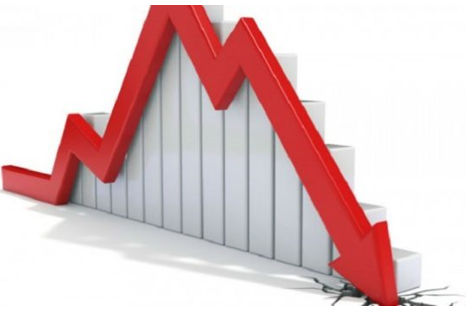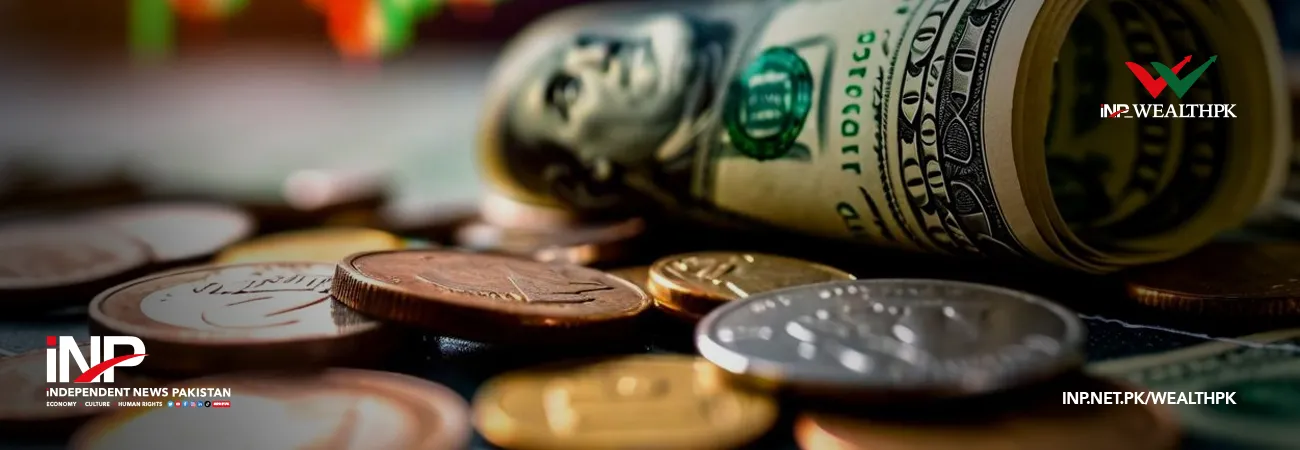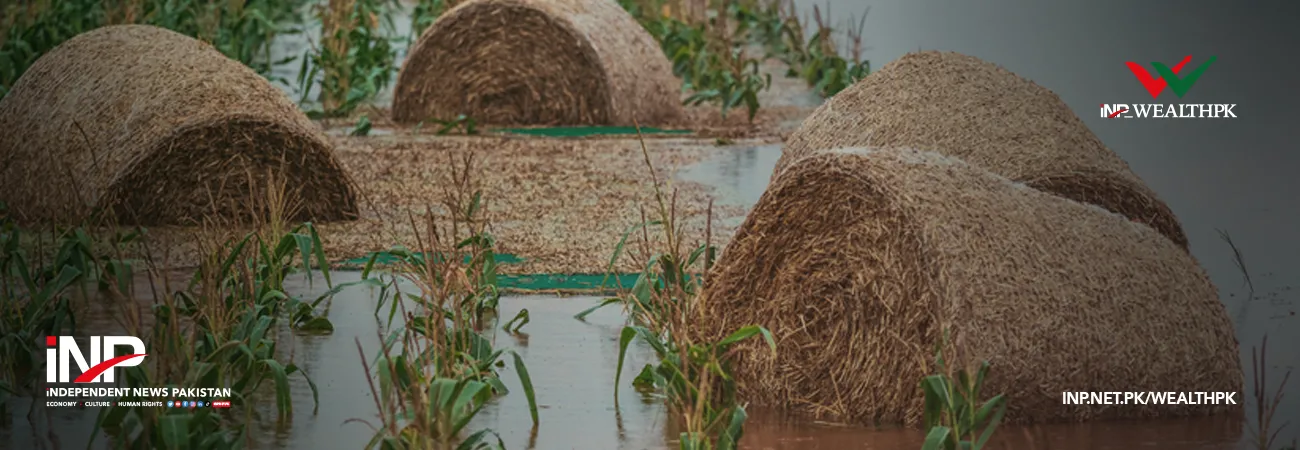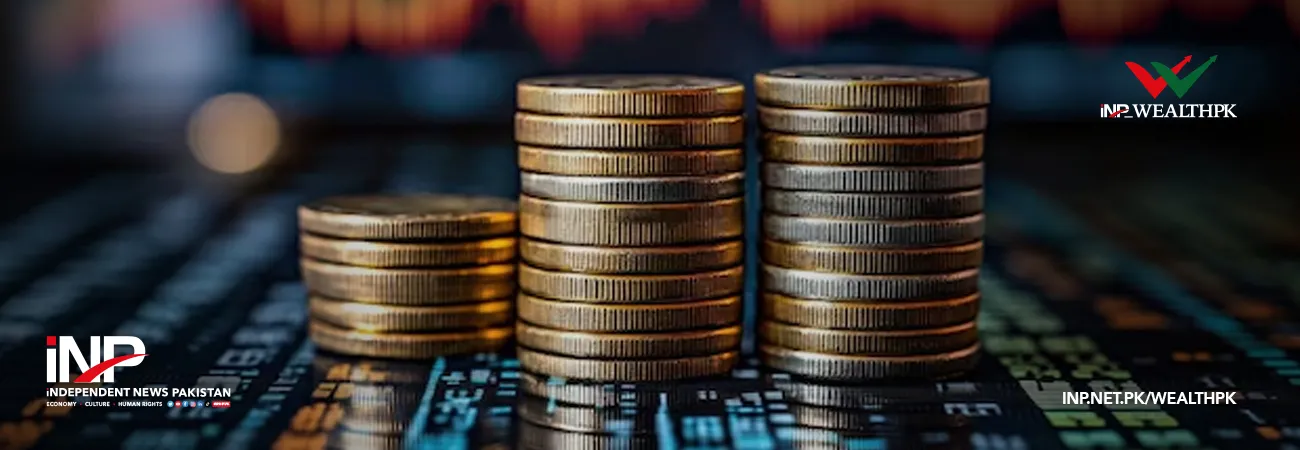INP-WealthPk
Abdul Ghani
Pakistan’s economic outlook is buoyed by easing global inflation and softer commodity prices, but weaker external demand and high global interest rates may weigh on export growth and foreign investment, the Finance Division said in its latest monthly report.
According to the Monthly Economic Update & Outlook (October 2025), declining international energy and food prices are expected to ease Pakistan’s import bill, stabilize inflation, and strengthen the external account. However, slower global growth—projected at 3.2 percent for 2025 and 3.1 percent for 2026—could limit export expansion, particularly in textiles and manufactured goods.
The report said the global economy continues to recover unevenly, with advanced economies expected to grow modestly by 1.6 percent and emerging markets maintaining faster momentum led by Asia. China’s growth is forecast at 4.8 percent in 2025 and 4.2 percent in 2026, while India’s expansion is projected around 6.3 percent. The United States is expected to post growth of about 2 percent next year.
For Pakistan, this global environment presents a mixed scenario. On one hand, reduced imported inflation will support monetary stability and improve real household incomes. On the other, softening demand in key markets such as the European Union, the United States, and the United Kingdom may weigh on export revenues.
“The moderation in energy and commodity prices will ease pressure on the current account and support domestic price stability,” the Finance Division noted. “However, the pace of export recovery will depend on global consumption and trade policy dynamics.”
Economists said that the stabilization of global oil prices—alongside declining freight rates—would help Pakistan manage its import costs. “A steady oil market and lower logistics costs can translate into a significant fiscal and external cushion for Pakistan,” one Karachi-based economist said.
The report highlighted that metal prices rose 2.9 percent in September while agricultural commodities eased 1.3 percent due to improved global supplies. Energy prices edged down by 0.5 percent, a development that could ease Pakistan’s energy import bill, which typically constitutes over 25 percent of total imports.
The Finance Division added that the global slowdown in inflation could also reduce external borrowing costs for emerging markets. “As inflation recedes in major economies, global interest rates may stabilize, providing fiscal relief to developing countries,” it said.
However, the report warned that persistent geopolitical tensions, climate shocks, and restrictive trade policies could reverse these gains. Elevated public debt levels in major economies, particularly the United States and Europe, might sustain tight financing conditions and limit access to external capital for developing countries.
“The risk of renewed volatility in commodity and energy markets remains a key concern for emerging economies like Pakistan,” the Finance Division observed. “Supply-chain disruptions linked to geopolitical conflicts or climate disasters could trigger new inflationary waves.”
Despite these challenges, the report said global remittance flows are projected to increase by 2.4 percent in 2025, driven by robust labor-market demand in Gulf Cooperation Council (GCC) countries and improving conditions in Europe. This trend is expected to support Pakistan’s remittance growth, which already reached $9.5 billion in the first quarter of FY2026.
Economists noted that sustained overseas employment and remittances would act as a stabilizing factor for Pakistan’s external account. “The global labor market recovery offers Pakistan an opportunity to strengthen its remittance base and external financing,” said one analyst.
The report also pointed out that inflation in advanced economies has fallen from 6.9 percent in 2023 to 4.2 percent in 2025 and is projected at 3.7 percent in 2026. This easing trend will support Pakistan’s ongoing disinflation efforts, as global commodity price stability translates into domestic price moderation.
At the same time, the Finance Division warned that slower global trade growth could dampen Pakistan’s export performance, which relies heavily on demand from developed markets. “Diversifying export markets and upgrading value-added industries remain critical priorities,” the report said.
It added that policy continuity, fiscal prudence, and structural reforms would help Pakistan leverage the current global environment. “This phase of global moderation presents an opportunity for Pakistan to consolidate macroeconomic stability and strengthen resilience against external shocks,” the Finance Division concluded.
The report emphasized that Pakistan must maintain reform momentum to capitalize on favorable global price trends while safeguarding against potential reversals in capital flows or commodity markets. “Prudent management of exchange rates, trade competitiveness, and external financing will be key to translating global stability into domestic economic gains,” it said.

Credit: INP-WealthPk













